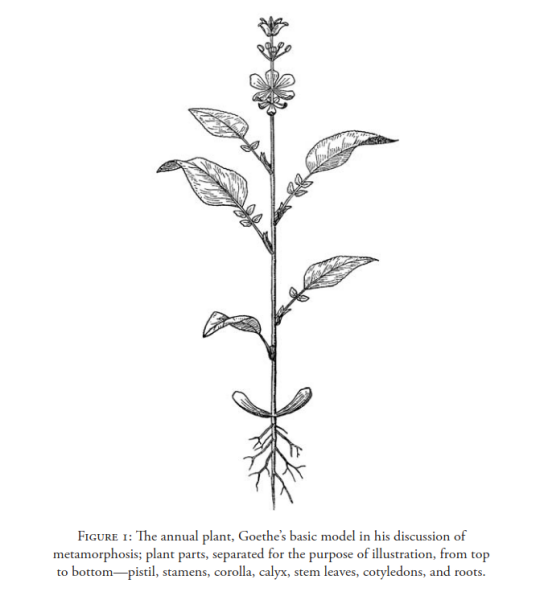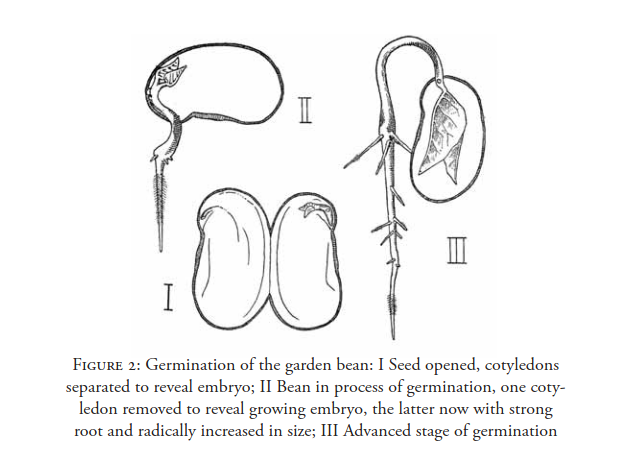version
Well-known member
I was initially going to post this in 'plants, they exist', but a broader thread on Goethe will probably prove more fruitful.
Just reading an illustrated edition of The Metamorphosis of Plants I found online and it's really intriguing. It's of a piece with the stuff mentioned in the language thread re: the blurring of science and art/poetry (Thoreau and Emerson were apparently big fans) and there are some nice photos and illustrations in this edition,

Just reading an illustrated edition of The Metamorphosis of Plants I found online and it's really intriguing. It's of a piece with the stuff mentioned in the language thread re: the blurring of science and art/poetry (Thoreau and Emerson were apparently big fans) and there are some nice photos and illustrations in this edition,

While in Italy Goethe became convinced that he could discover some simple unity among the great variety of vegetation, an original or archetypal plant — an Urpflanze. There must be such an entity, he believed, otherwise, “how could I recognize that this or that form was a plant if all were not built upon the same basic model?” At first he thought it might be possible to actually find this primal plant growing in some Mediterranean meadow or clinging to a rocky hillside. He gradually came to realize, however, that locating the Urpflanze would require looking in a much different place and in a qualitatively different way. Goethe had been fascinated with the progressive structure of the leaves of various plants, first of a palm tree in the Botanical Garden at Padua (samples of which he then carried around Italy and treasured for the rest of his life), and later of a fennel plant in Sicily, both of which suggested to him a unity of form in diverse structures. But he gained an insight central to his concept of metamorphosis while walking in the Sicilian gardens at Palermo. He says that “it came to me in a flash that in the organ of the plant which we are accustomed to call the leaf lies the true Proteus who can hide or reveal himself in all vegetal forms. From first to last, the plant is nothing but leaf, which is so inseparable from the future germ that one cannot think of one without the other.” The process through which this dynamic “leaf ” progressively assumes the form of cotyledons, stem leaves, sepals, petals, pistil, stamens, and so on, is what Goethe meant by “the metamorphosis of plants.”


